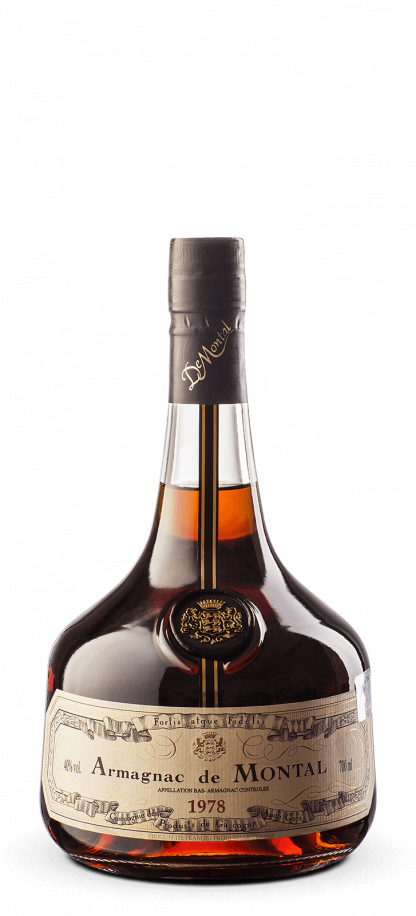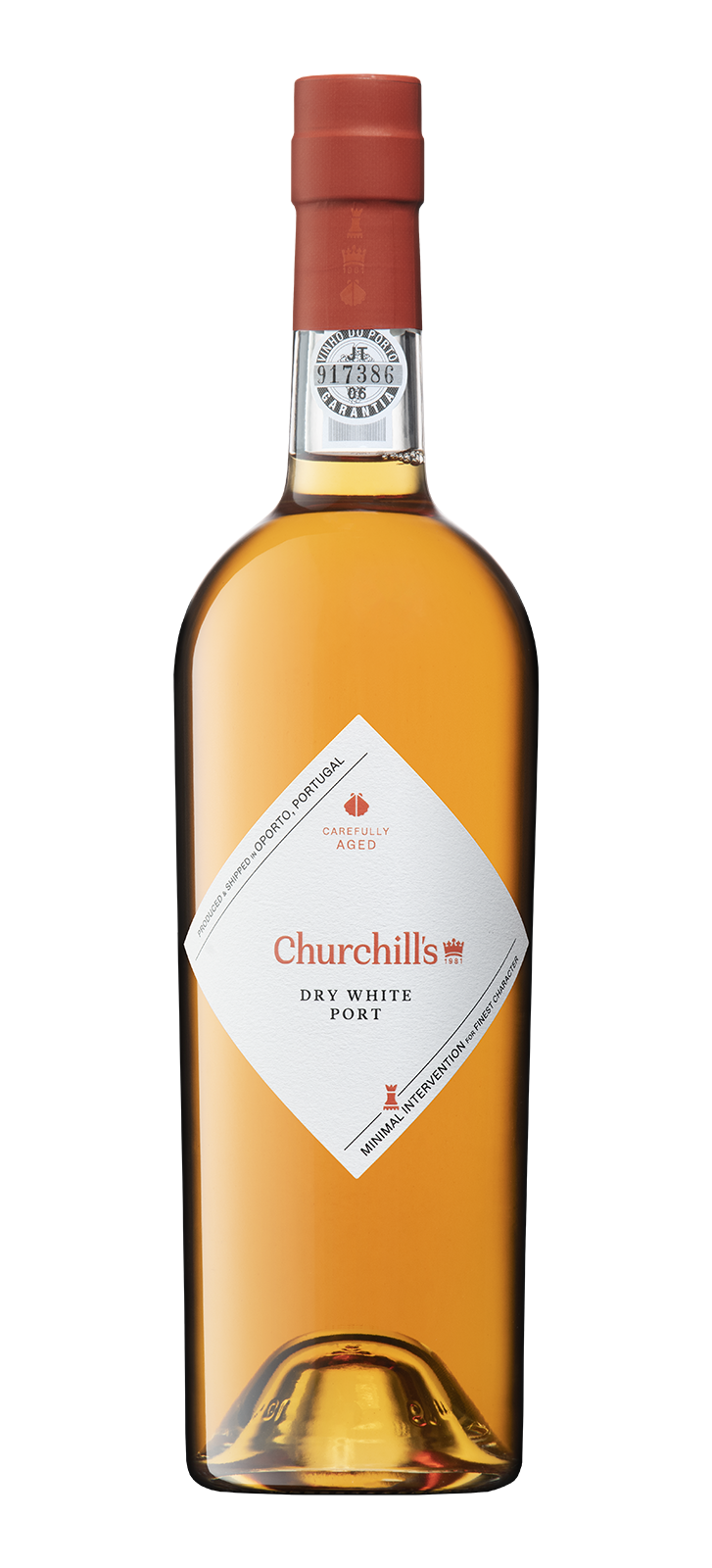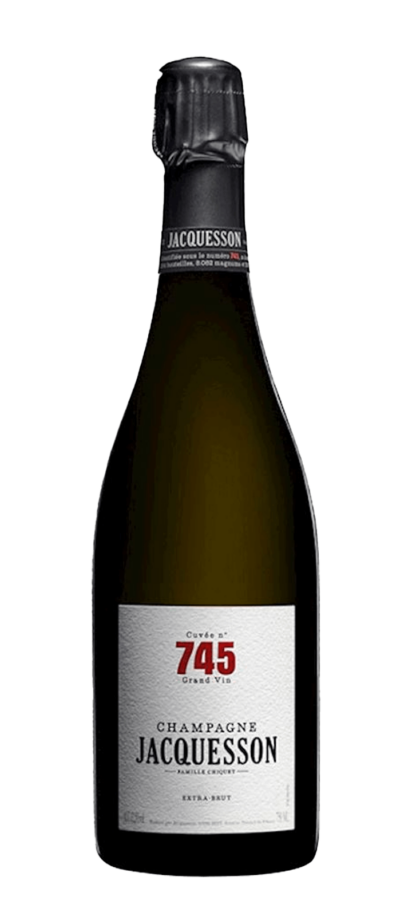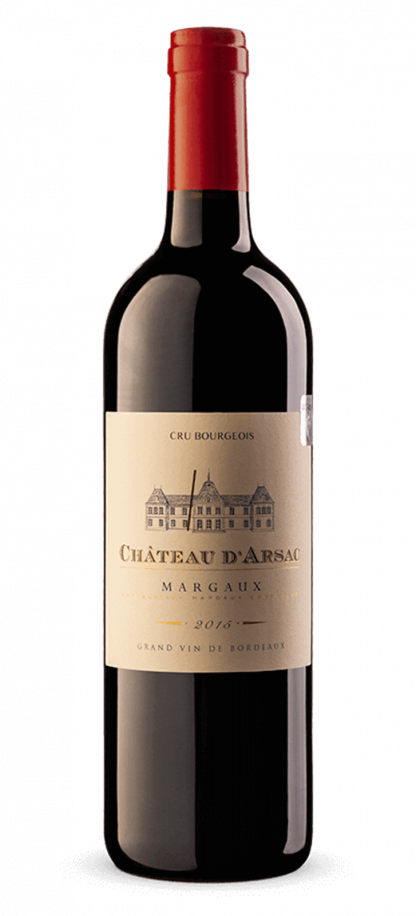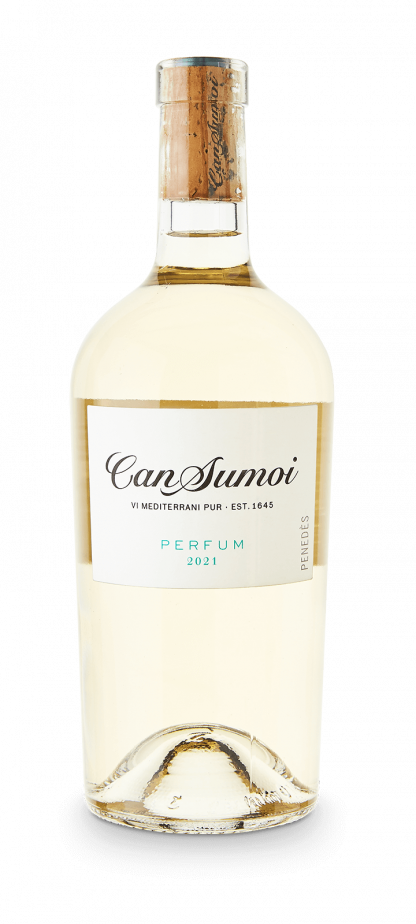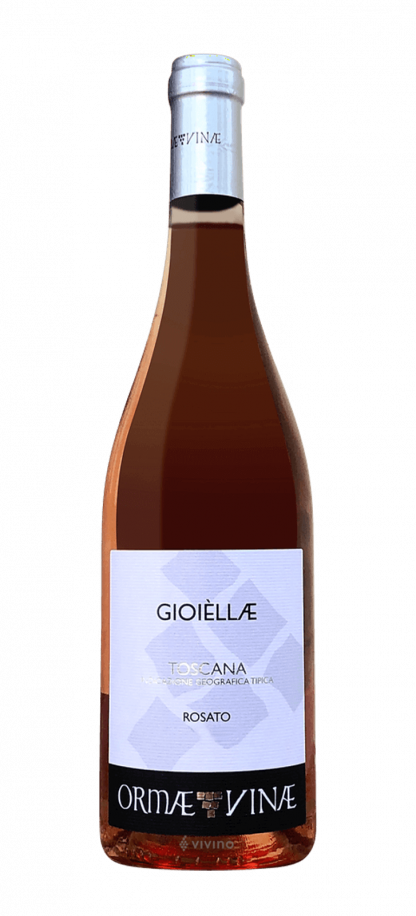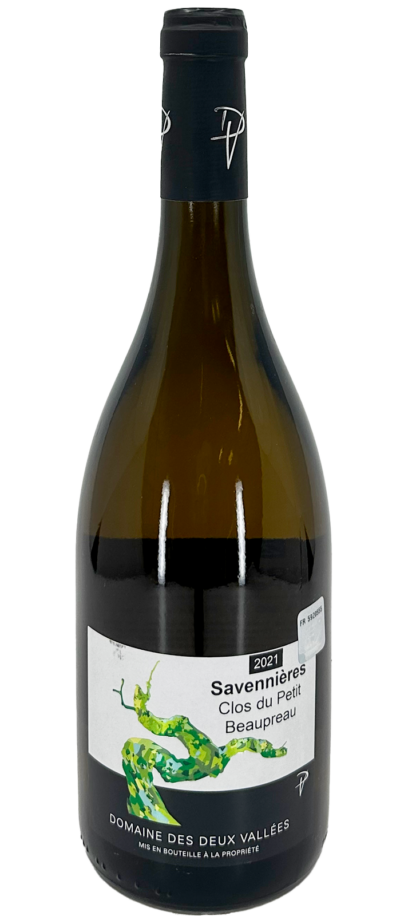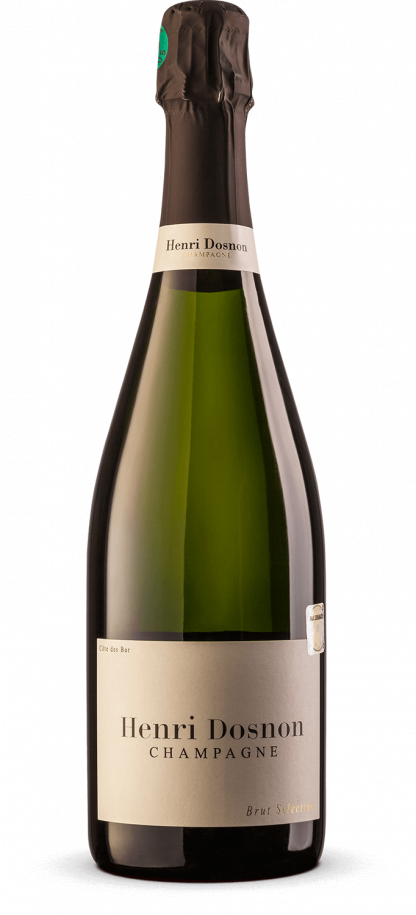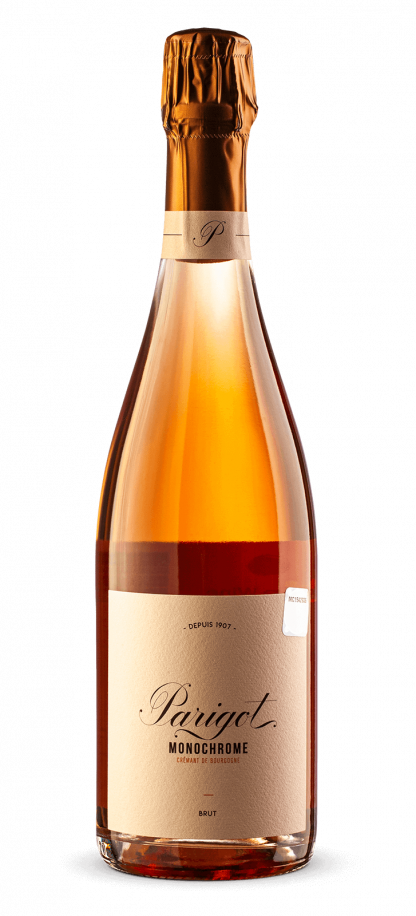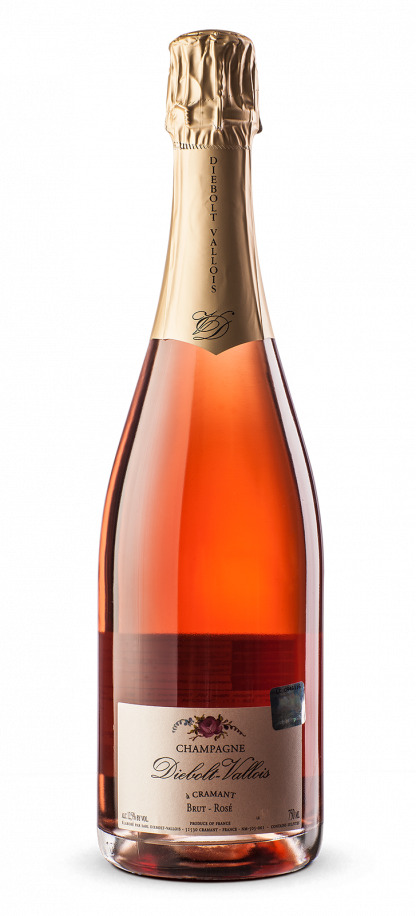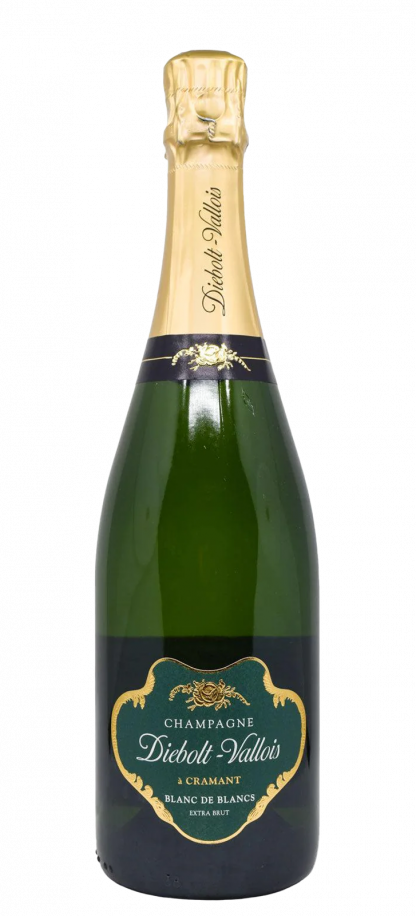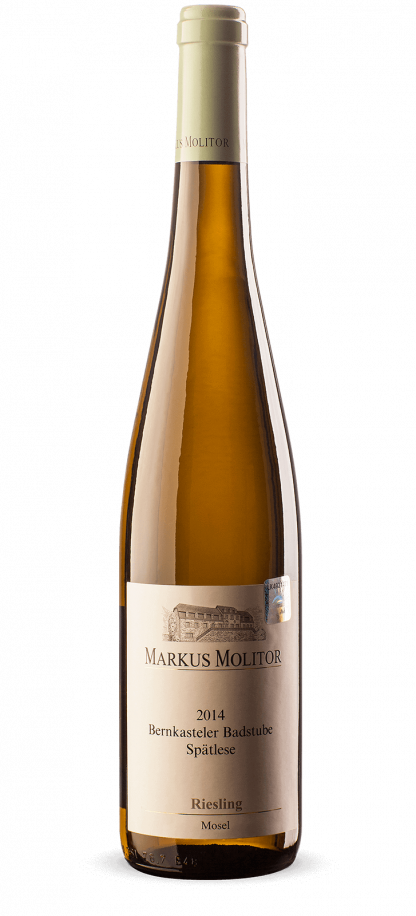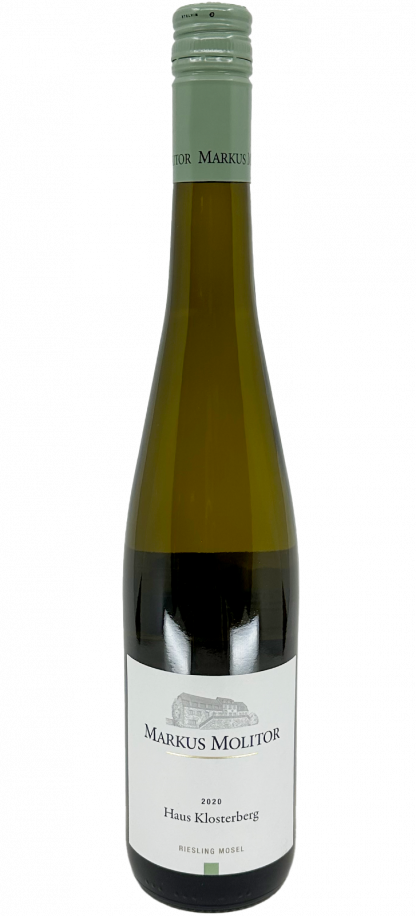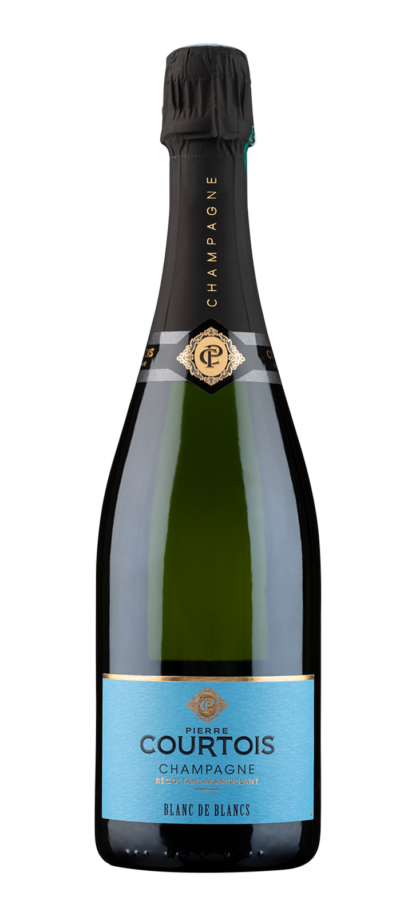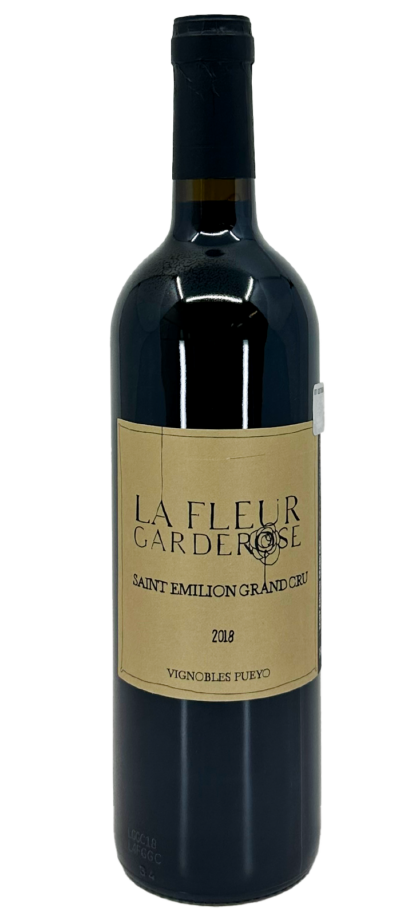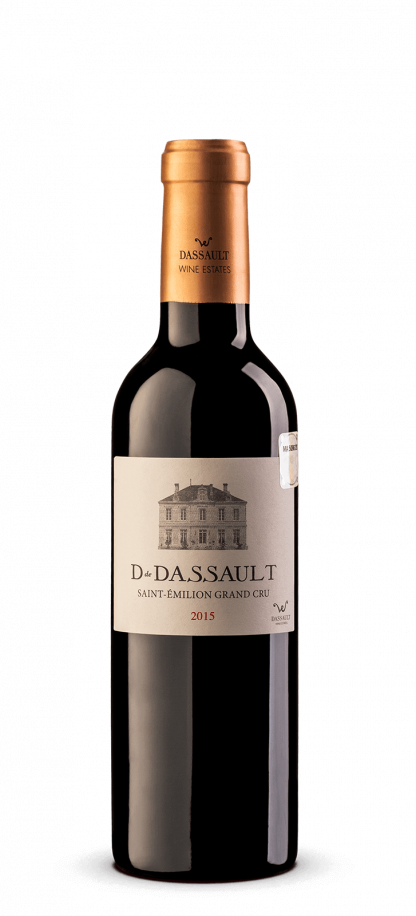Churchill’s White Dry Port 0,75L
On the palate, Churchill’s White Dry Port presents vibrant notes of ripe citrus fruits, almond, and a hint of spice, complemented by a subtle oakiness and a fresh, balanced acidity that makes it exceptionally drinkable. The finish is clean and refreshing, with a delicate minerality that invites another sip.
This port pairs beautifully with salted almonds, olives, or other savory appetizers, where its dryness and acidity cut through the richness, enhancing the flavors of both the food and the wine. It also serves as a superb companion to seafood dishes, such as grilled white fish or seafood pasta, where its crispness and fruit-forward profile elevate the meal to a new level of sophistication.
11 in stock






